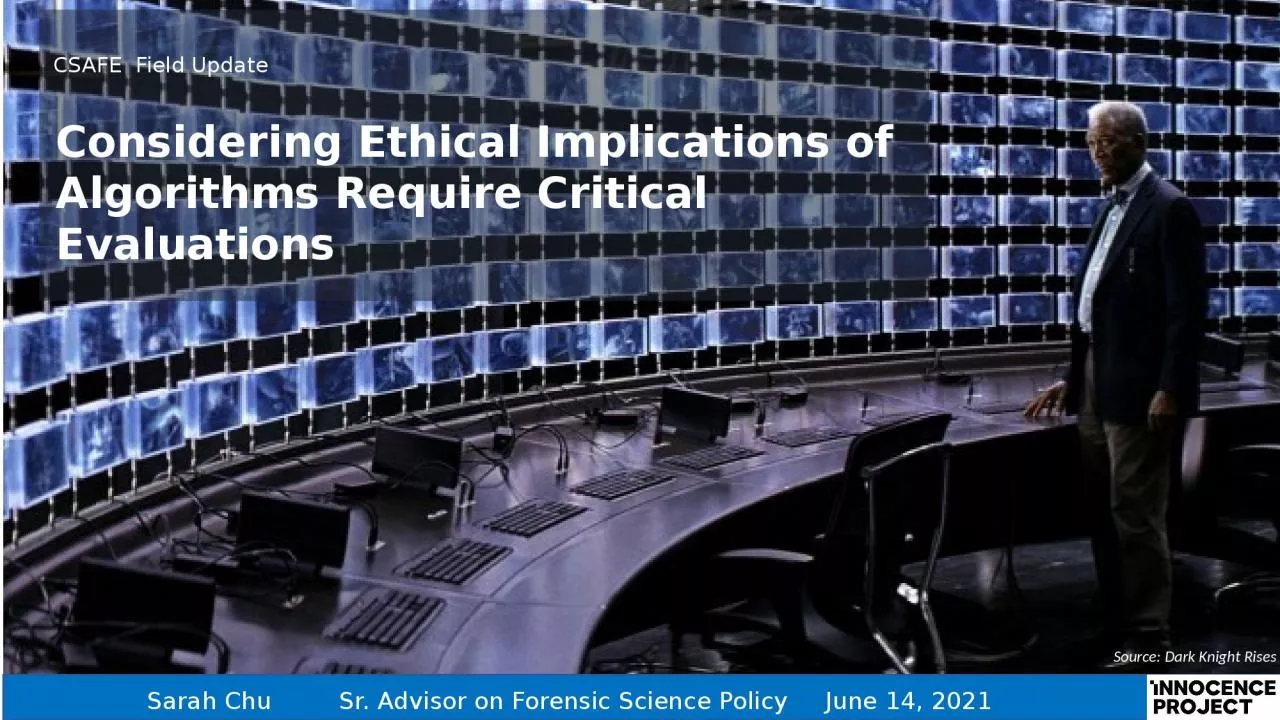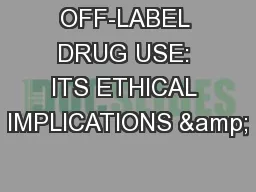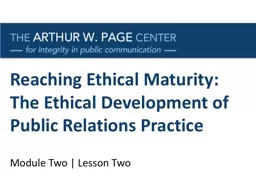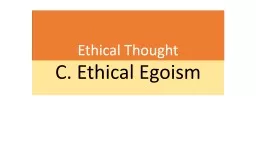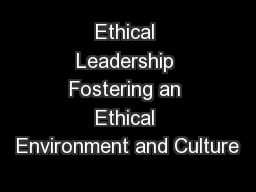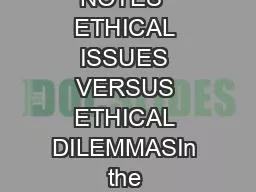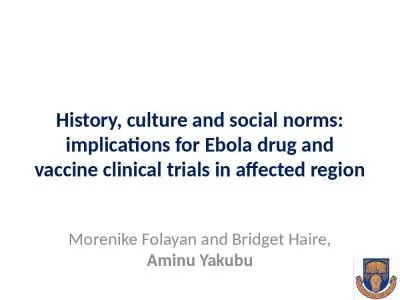PPT-Considering Ethical Implications of Algorithms Require Critical Evaluations
Author : bety | Published Date : 2024-03-13
CSAFE Field Update 1 Sarah Chu Sr Advisor on Forensic Science Policy June 14 2021 Source Dark Knight Rises 2 3 Facial Recognition Speaker Recognition Geofencing
Presentation Embed Code
Download Presentation
Download Presentation The PPT/PDF document "Considering Ethical Implications of Algo..." is the property of its rightful owner. Permission is granted to download and print the materials on this website for personal, non-commercial use only, and to display it on your personal computer provided you do not modify the materials and that you retain all copyright notices contained in the materials. By downloading content from our website, you accept the terms of this agreement.
Considering Ethical Implications of Algorithms Require Critical Evaluations: Transcript
Download Rules Of Document
"Considering Ethical Implications of Algorithms Require Critical Evaluations"The content belongs to its owner. You may download and print it for personal use, without modification, and keep all copyright notices. By downloading, you agree to these terms.
Related Documents

